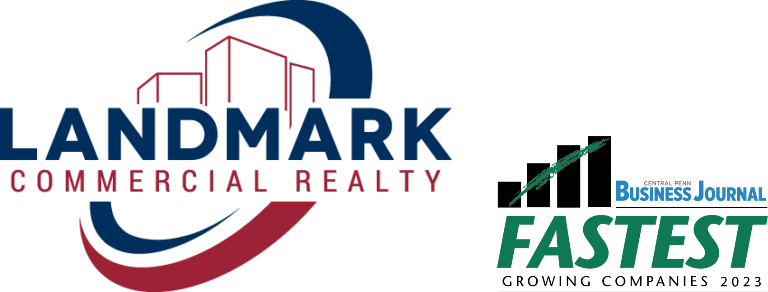
According to Forbes.com, the like-kind exchange, which is a popular real estate investment vehicle could be danger under the current Republican-led tax reform.
Also known as the 1031 exchange, the program allows an individual to continue making investments; they have the opportunity to reinvest in their business and the community at large without the thought of being presented with a tax bill at the end of the year.3
The like-kind exchange was initially created nearly 100 years ago to save money for farmers. When farmers were looking to swap land and received nothing in the transaction to pay taxes on, no tax would be owed. It would soften the tax burden on farmers.4
What would be a current example of how investors use the 1031 exchange? Let’s say an investor buys a commercial property, an office building, for example. His initial investment at the time of purchase was $300,000. After nearly a decade, he wants to sell for $400,000. This would result in a $100,000 profit or gain. If the investor invests the proceeds from the sale directly into another property, without touching and utilizing a qualified intermediary, then he would not have to pay any taxes on the gain at that time.1
Investopedia.com reported there are several important considerations with this type of exchange to ensure that a tax liability is not created upon sale of the first asset:
- The asset being sold must be an investment property and can’t be a personal residence.
- The asset being purchased with the proceeds must be similar to the asset being sold.
- The proceeds from the sale must be used to purchase the other asset within 180 days of the sale of the first asset, although you must identify the property or asset that you are purchasing in the like-kind exchange within 45 days of the sale.
There are some limitations on the amount of capital gain that is tax deferred, so ensure that you check the latest tax rules before proceeding with a like-kind exchange.2
Sited: forbes.com4, cnbc.com3, investopedia.com2, wikipedia.com1





